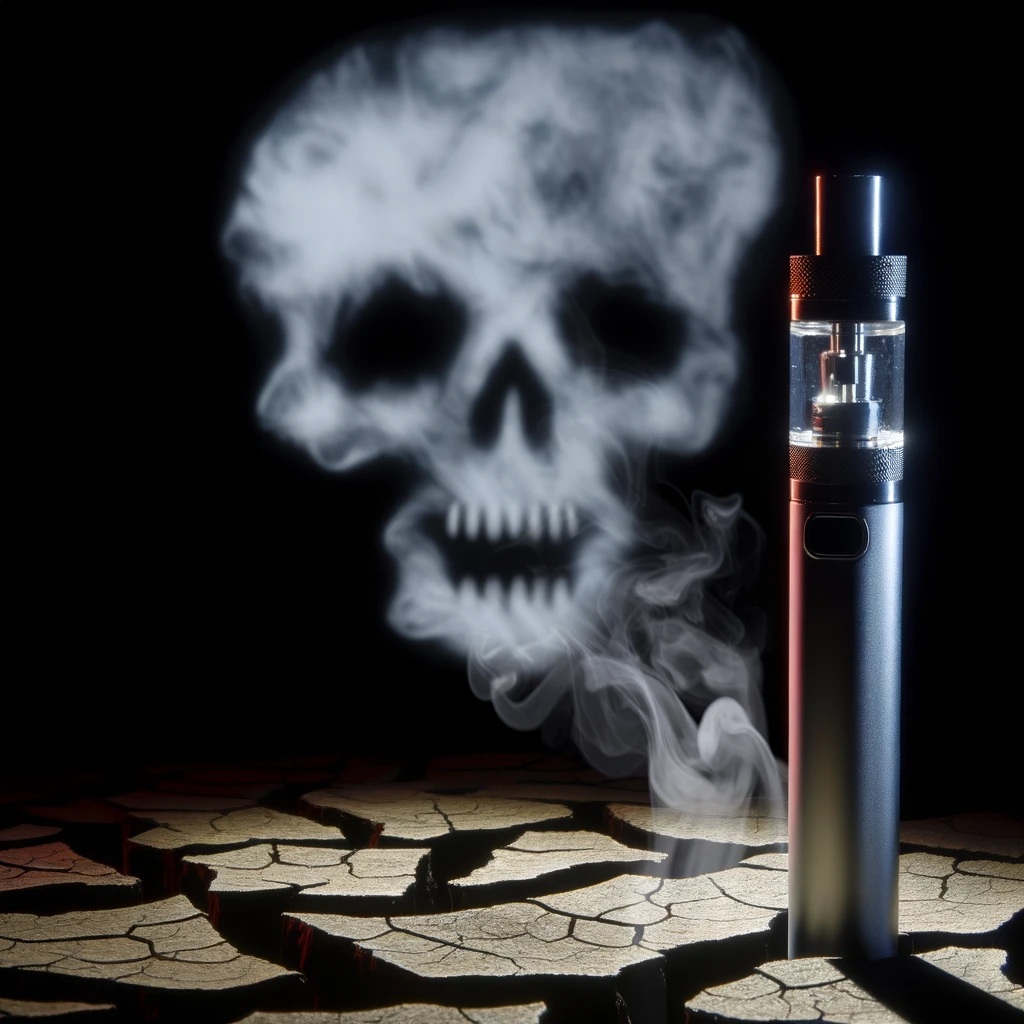Unveiling the Sinister Truth About Vaping: Protecting Teens from the Hidden Dangers

In recent years, vaping has surged in popularity, particularly among teenagers. With sleek designs, enticing flavors, and a perception of being a safer alternative to traditional smoking, e-cigarettes have found their way into the hands of millions of teens worldwide. However, beneath the surface lies a sinister truth that parents, educators, and teens themselves must confront. Recent revelations from a shock study have ignited fresh concerns about the safety of vaping, especially for impressionable young users.
The allure of vaping among teens cannot be underestimated. Peer influence, social media marketing, and misconceptions about its safety contribute to its widespread adoption among adolescents. Yet, as the vaping trend continues to captivate the youth, a growing body of evidence suggests that it’s far from harmless.
The Shock Study: Unveiling Cancer Fears
A recent groundbreaking study has sent shockwaves through the vaping community and beyond. Conducted by leading researchers in the field, the study revealed alarming findings regarding the long-term effects of vaping on the human body, particularly in relation to cancer risks. The results paint a disturbing picture of how e-cigarettes can wreak havoc on one’s health over time.
Interactive Graphic: A Visual Journey of Vaping’s Impact
To truly understand the dangers of vaping, it’s essential to explore how e-cigarettes affect the body over time. Through an interactive graphic, we delve into the physiological changes and health risks associated with vaping, providing a comprehensive overview of its impact on various organs and systems.
1. Respiratory System: Vaping involves inhaling aerosols containing harmful chemicals such as nicotine, volatile organic compounds, and heavy metals. Over time, these substances can damage lung tissue, leading to respiratory problems such as chronic bronchitis and decreased lung function.
2. Cardiovascular Health: Nicotine, the addictive substance found in e-cigarettes, can elevate blood pressure and increase the risk of cardiovascular diseases like heart attacks and strokes. The interactive graphic illustrates how vaping contributes to the deterioration of heart health, emphasizing the need for vigilance among teens.
3. Brain Development: Adolescence is a critical period of brain development, and exposure to nicotine during this time can have lasting consequences. The graphic highlights how vaping interferes with cognitive function, memory, and attention span, potentially impairing academic performance and future prospects for teens.
4. Cancer Risks: Perhaps the most alarming revelation from the study is the link between vaping and cancer. The interactive graphic outlines how the carcinogenic compounds present in e-cigarette vapor can damage DNA and increase the likelihood of developing various forms of cancer, including lung, throat, and bladder cancer.
Protecting Teens: A Call to Action
Armed with this newfound knowledge, it’s imperative to take proactive measures to protect teens from the dangers of vaping. Parents, educators, healthcare professionals, and policymakers all have a role to play in addressing this public health crisis.
1. Education and Awareness: By raising awareness about the risks associated with vaping, we can empower teens to make informed decisions about their health. Educational campaigns in schools, community centers, and online platforms can dispel myths and highlight the realities of vaping.
2. Regulation and Enforcement: Stricter regulations on the marketing, sale, and distribution of e-cigarettes are essential to curb teen vaping rates. Enforcement of age restrictions, flavor bans, and advertising limitations can help prevent young people from falling prey to the allure of vaping.
3. Support and Intervention: For teens who are already vaping, access to cessation programs and support services is crucial. Offering counseling, nicotine replacement therapies, and peer support groups can help them break free from the grip of addiction and reclaim their health.
Conclusion
The sinister truth about vaping cannot be ignored any longer. As the evidence mounts and the risks become increasingly apparent, it’s imperative to prioritize the health and well-being of our teens. By equipping them with knowledge, support, and resources, we can steer them away from the dangers of vaping and towards a healthier, brighter future. Let’s unite in our efforts to safeguard the next generation from the perils of e-cigarettes.
If the difficulties outlined in this article are affecting you, please reach out to us, and we will try our best to help.

